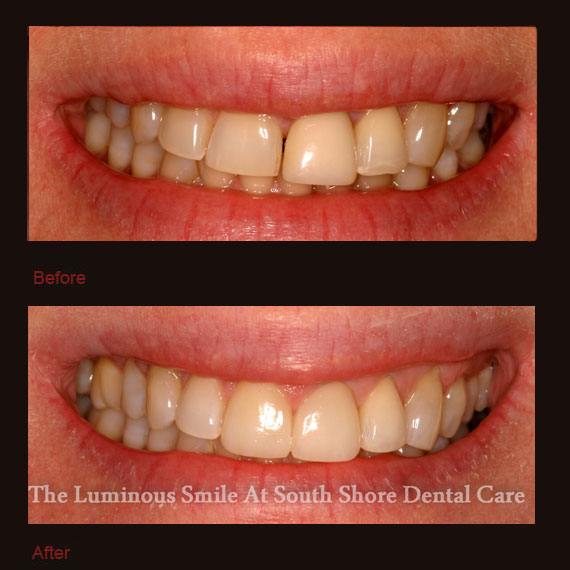

This mold is used to custom-make your porcelain veneers. Removes a thin layer of the enamel from your teeth to make room for the veneers. With porcelain veneers, your dentist may give you a local anesthetic (freezing). The finished tooth looks natural and smooth.

After the last layer of composite resin is hardened, your dentist shapes and polishes it to form your tooth. A bright light is used to harden each layer of the composite resin. Your dentist then puts the composite resin on your tooth in layers. The composite resin that matches the colour of your natural teeth is chosen so that the veneerīlends in with your teeth. This helps the composite resin to stick to the enamel of the tooth. Much like bonding, your dentist puts a mild chemical on the front surface of the tooth to be Porcelain veneers generally last longer than composite resin veneers. Generally, porcelain veneers take at least 2 dental visits to apply and composite resin veneers can be done in 1 visit. Porcelain veneers are stronger than composite resin veneers and do not change colour or stain. They are often made of porcelain or composite resin. Veneers are very thin shells that are attached to the front part of teeth. Composite resin is put on the tooth in layers.Įach layer of the composite resin is shaped and then hardened with a light. May wear down and your dentist may touch up the bonding with more composite resin.ĭental bonding can be used to fix teeth that are chipped.Ī clear plastic is placed between the tooth being treated and its neighbouring tooth. At your next dental visit, your dentist will examine the bonding and polish it if needed. A light is used to harden each layer of the composite resin. Your dentist puts the composite resin on your tooth in layers. The composite resin that matches the colour of your natural teeth is chosen so that the bonding blends in with your teeth. This helps the composite resin to bond or stick to the enamel of your tooth. Your dentist then puts a mild chemical on the tooth to make it a little rough. Is a thin, clear plastic film that protects other teeth from stray composite resin. Your dentist places a matrix between the tooth being treated and its neighbouring tooth. Painted over a stained tooth to make it match.Used on a broken tooth to restore it to size.Used to build up teeth and fill between them.Shaped to look like the missing part of a.Put on the tooth, then shaped and hardened with light.

Bonding uses tooth-coloured material, called composite resin. In most cases, several teeth can be bonded Replacing natural teeth and tissues with artificial substitutes.īonding, also known as bonded restoration, is a painless way to make minor repairs to teeth. Prosthodontics is a specialty of dentistry that deals with restoring and Has completed a university post-graduate specialty program in prosthodontics. Your dentist may do dental bonding and veneer treatment, or he or she may refer you to a prosthodontist. Veneers - What are veneers and how are they done? Cosmetic dental treatment can improve your smile and give you more confidence.īonding - What is bonding and how is it done? Your dentist can fix teeth that are broken, chipped or cracked, that have spaces between them or that are discoloured. Bonding and veneers make your teeth look better by changing their colour, shape, angle or spacing. Veneers are applied to the entire front surface of the tooth, whereas bonding is applied to a smaller portion of the tooth.


 0 kommentar(er)
0 kommentar(er)
